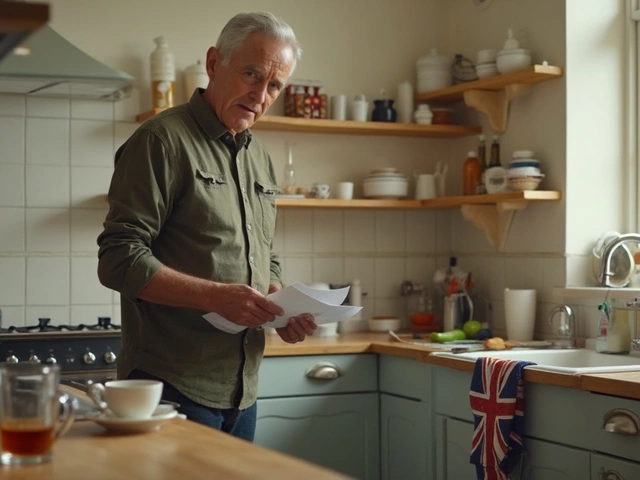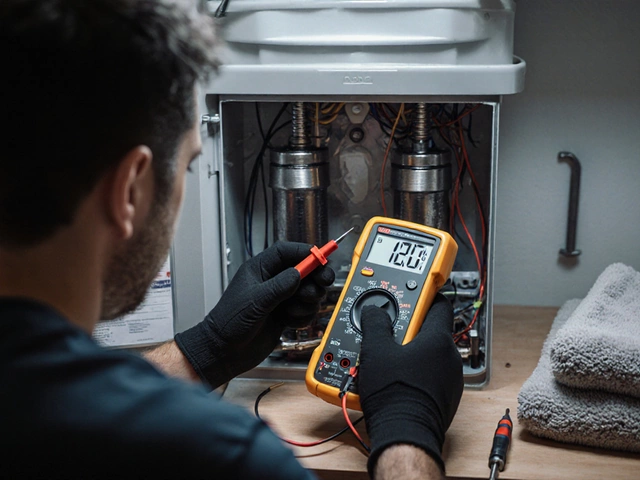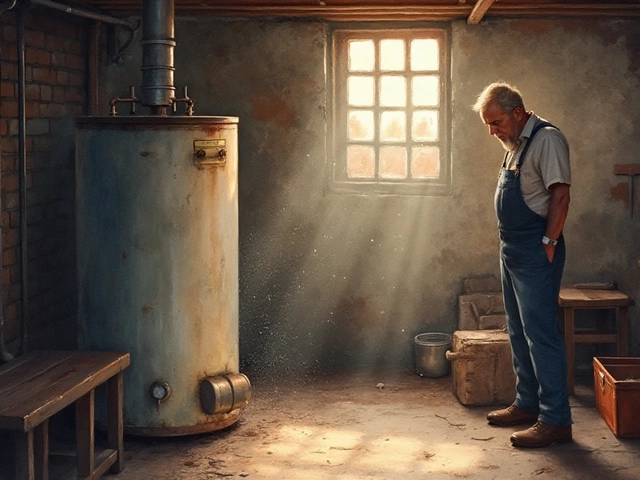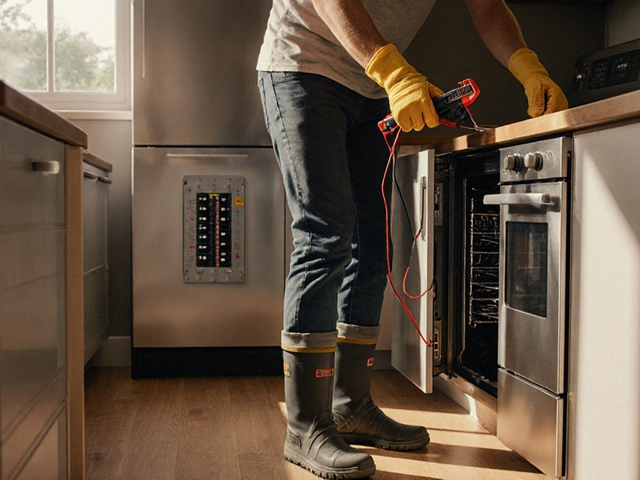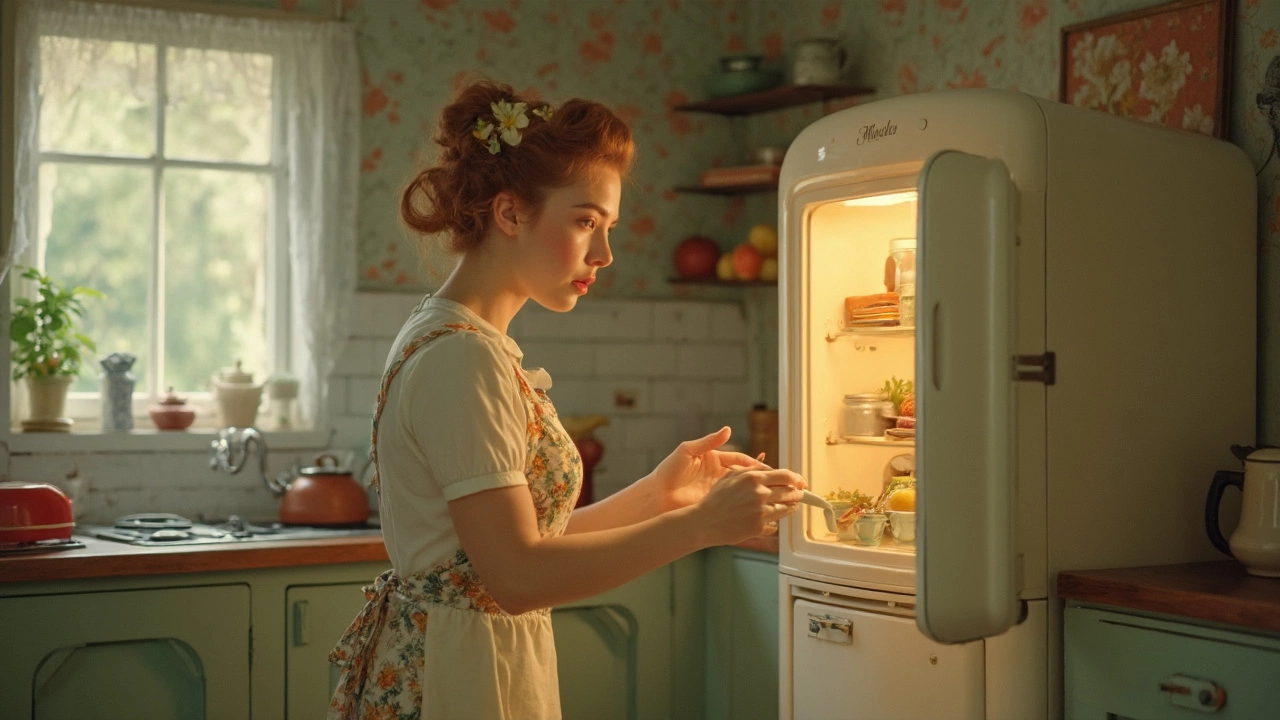Troubleshooting Your Fridge: Simple Steps to Fix Common Problems
If your fridge is acting up, you don’t need to panic. Most issues are caused by a few easy‑to‑check things that you can handle yourself. In this guide we’ll walk through the top reasons a fridge stops working properly and give you clear actions you can try before calling a pro. Grab a screwdriver, a flashlight, and let’s get your kitchen back to normal.
Why Your Fridge Might Not Be Cooling
First, make sure the fridge is plugged in and the outlet works. A tripped breaker or a loose plug can be the whole problem. Next, check the temperature dial – many people set it too low or forget to adjust it after a power cut. Aim for 3‑5°C (37‑41°F) for the fridge and –18°C (0°F) for the freezer.
Dirty condenser coils are a common culprit. These coils sit behind or beneath the fridge and collect dust over time. When they’re clogged, the compressor can’t release heat efficiently, so the interior stays warm. Unplug the fridge, pull it away from the wall, and use a vacuum brush or a soft cloth to clean the coils for a few minutes. You’ll feel a noticeable temperature drop within an hour.
Another quick check is the door seal. A worn or damaged gasket lets cold air escape. Close the door on a piece of paper; if you can pull it out easily, the seal isn’t tight. Clean the gasket with warm, soapy water and dry it well. If the rubber is cracked, replace it – the parts are cheap and many DIY videos show the swap in under 30 minutes.
Other Common Fridge Issues and How to Fix Them
Noise complaints? A buzzing or rattling fridge often means something is loose inside. Start by removing any items on the top shelf and gently shaking the fridge to locate the source. Tighten the leveling legs and make sure the fridge isn’t touching the wall. If the compressor is humming loudly, it could be overheating; give it a few minutes of rest after a power outage before turning it back on.
Water pooling at the bottom? That’s usually a blocked defrost drain. Locate the drain hole (often behind a panel at the back) and clear it with a pipe cleaner or a mixture of hot water and baking soda. This stops the melt‑water from leaking onto the floor and keeps the freezer dry.
Finally, if the fridge lights or the ice maker stop working, check the internal bulb or the ice maker switch. Replacing a bulb is straightforward – just twist the old one out and screw in a new one of the same size. For ice makers, make sure the water supply line isn’t frozen and the filter isn’t clogged.
Most fridge issues have a simple fix, and doing these checks can save you a callout fee. If you’ve tried everything and the appliance still won’t cool, it’s time to call a local repair service. Our technicians in Rugby can diagnose more complex problems like a bad compressor or refrigerant leak and get your fridge humming again fast.
